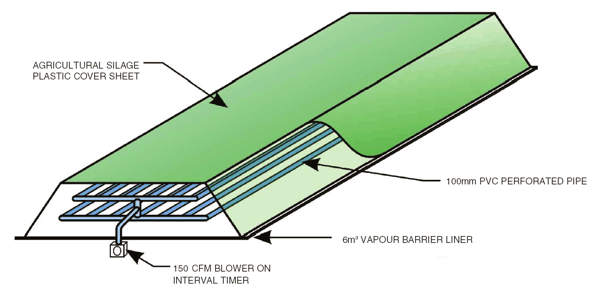TECHNIQUES

Phytoremediation
Phytoremediation is a method of bioremediotion, that involves the usage of plants and their associated microorganisms to stabilize or reduce contamination in soils, sludges, sediments, surface water, or ground water.Because it is a natural process, phytoremediation can be an effective remediation method at a variety of sites and on numerous contaminants. However, sites with low concentrations of contaminants over large cleanup areas and at shallow depths present especially favorable conditions for phytoremediation. Plant species are selected for use based on factors such as ability to extract or degrade the contaminants of concern, adaptation to local climates, high biomass, depth root structure, compatibility with soils, growth rate, ease of planting and maintenance, and ability to take up large quantities of water through the roots.
Mycoremediation
Mycoremediation is another process of bioremediation that uses muschrooms or rather fungi to help remove waste and pollutants from soil, and water. A mushroom is only a fruiting body, the visible reproductive organism of a larger body of mycellium, an underground web of threads or hyphae that are the main body of the organism. Mushroom mycelium release enzymes that can break the chemical bonds of many petrochemicals and toxins. Different species work best for specific toxins. Some species of fungi will attack pathogens and bacteria. Mycorrhizal fungi live in association with plant roots. Their threads interpenetrate the roots, helping them take in more nutrients and water. They can improve soil and plant health, and protect against toxicity and disease.


Bacterial Remediation
Bacterial bioremediation is a method of bioremediation which uses the process of bacteria that may or may not be gentically modified to help clean up wastes and pollutants from water. Microbes are often used to remedy environmental problems found in soil, water, and sediments. The microbes may be genetically modified to remove the waste or pollutants, or they are completely natural.
In Situ Bioremediation
In Situ Bioremeditation technology was originally developed as a less costly, more effective alternative to the standard pump-and-treat methods used to clean up aquifers and soils contaminated with organic chemicals (e.g., fuel hydrocarbons, chlorinated solvents), but has since expanded in breadth to address explosives, inorganics (e.g., nitrates), and toxic metals (e.g., chromium). In Situ Bioremediation has the potential to provide advantages such as complete destruction of the contaminant(s), lower risk to site workers, and lower equipment/operating costs.


Ex Situ Bioremediation
Ex Situ Bioremediation is a biological process in which excavated soil is placed in a lined above-ground treatment area and aerated following processing to enhance the degradation of organic contaminants by the indigenous microbial population. Under aerobic conditions, specific micro-organisms can utilise organic contaminants such as petroleum hydrocarbon mixtures, polycyclic aromatic hydrocarbons (PAH), phenols, cresols and some pesticides as a source of carbon and energy and degrade them ultimately to carbon dioxide and water.


